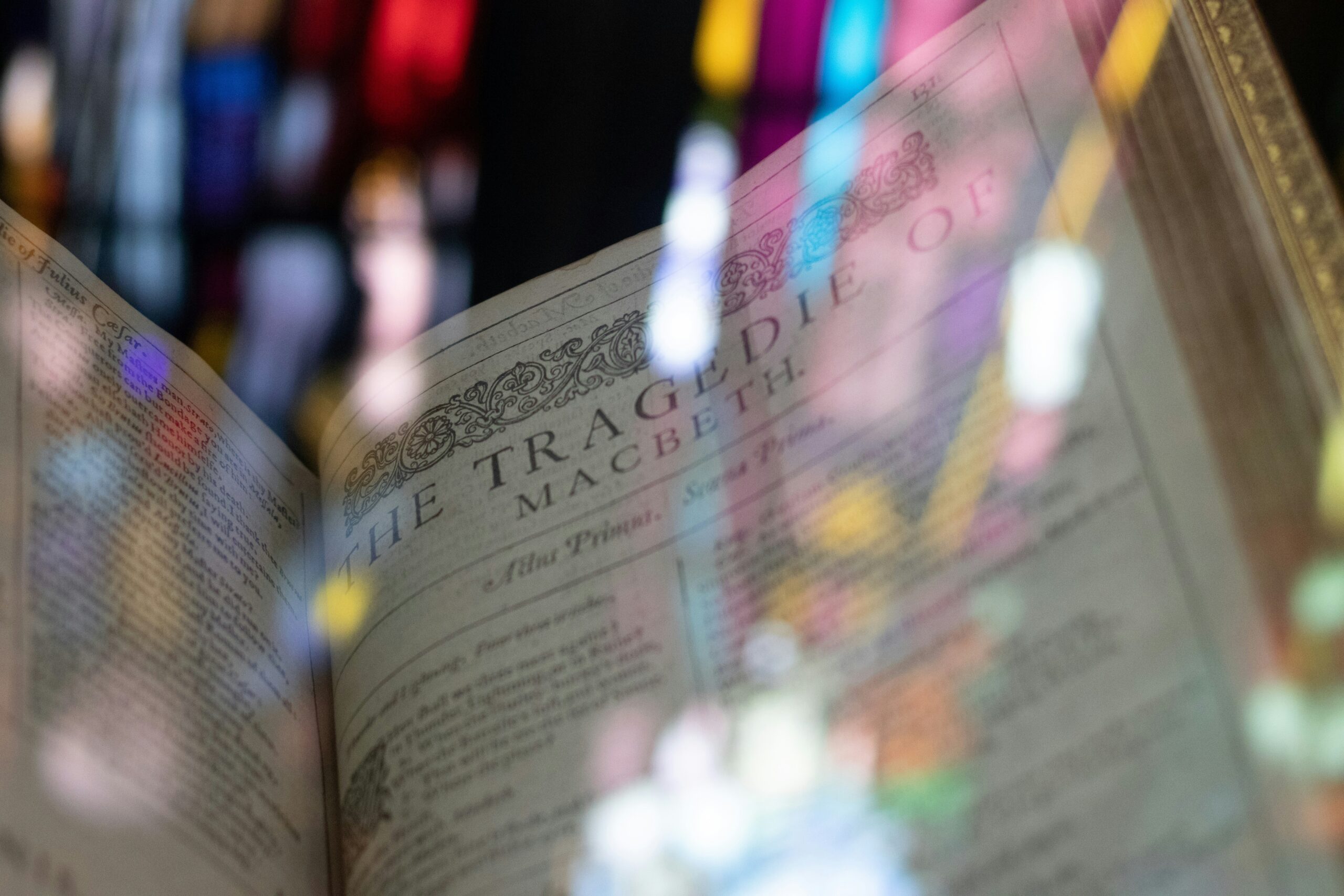How The Life of a Showgirl used community, controversy, and the search for meaning to hold a mirror to the internet.
Prologue
It’s been just over a week since Taylor Swift released The Life of a Showgirl (known among fans as TLOAS), her 12th album. But to describe it as an “album” doesn’t really do The Life of a Showgirl justice. Because the events surrounding this album make up an entire collective online experience, rather than just a pop album. Even if you aren’t a Swiftie, it’s likely that you’ve heard about at least one major plot point from the TLOAS release.
To recap, in addition to the midnight album release (which, of course, was live-streamed everywhere),TLOAS was accompanied by:
- 5 separate count downs on Taylor’s website, leading to vinyl and CD variants of the album
- An alternate reality game involving a global scavenger hunt
- A media blitz of interviews that even diehard Swifties struggled to keep up with
- A theatrical release debuting a music video, lyric videos, and BTS for the album
- Specialized activations on every corner of the internet from TikTok to Amazon
…and that’s just the top hits.
Now, if you follow me, you may know this blog is normally about tech, strategy, and research. This article is about all those things. It’s also about Taylor Swift. It’s about the universe she’s built around her music, the new format of entertainment she’s forging, and her absolute mastery of social media. It’s about how the The Life of the Showgirl release reflected every part of the internet: the good, the bad, and the ugly. And if you work in technology, games, or media – how you should be paying a lot more attention.
Act I – Uniting a Fractured Fandom
Like most online communities today, Taylor Swift’s fanbase is scattered across platforms. You’ll find them on Twitter/X (though I won’t, because I deleted my account a few years ago), Threads (Meta’s answer to Twitter), Reddit, YouTube, TikTok, Instagram – and anywhere that people can create, share, or comment on content. These communities have some cross-traffic – it’s a longstanding joke that the proper way to view TikTok is reposted on Instagram a week later – but for the most part you have groups of people who primarily stay contained to their separate spaces.
Enter TLOAS. You know that worldwide scavenger hunt I mentioned before? The Orange Door hunt was an event that began on Google Search. While not typically known for its community, it’s not the first time Google has hosted a Taylor fan event. In 2023, Google launched a puzzle that involved thousands of Swifties solving word scrambles to unlock the 1989 Vault Tracks (unreleased tracks that accompanied the “Taylor’s Version” of her albums).
This hunt began similarly. Those who searched “Taylor Swift” last weekend saw a burning heart emoji* appear along with a cryptic message: “12 cities. 12 doors. 1 video to unlock.” (*the burning heart has appeared throughout the lead up to TLOAS – more on that later). Clicking the emoji revealed a series of scrambled words, which were easily resolved into a list of cities. Soon after, projections of Orange Doors (another symbol associated with the album) began appearing in those cities; kicking off a global effort to locate the doors in all of the cities. On the doors were QR codes that led to seemingly AI-generated YouTube Shorts, each containing a scrambled word. Together, the words spelled a phrase – referring to a line from a poem only found in one of the vinyl variants – which when Googled, unlocked another video on YouTube. Sound a little convoluted? It was.

But that complexity ended up bringing the entirety of Taylor’s community together. There wasn’t a single surface of the Internet that went untouched by this event. Over the course of the game, I watched people livestream their frantic search for doors across Las Vegas on TikTok. I made my first Reddit comment, to voice my own theories about why the Orange Doors stopped unlocking and when they would start again. I used Threads for possibly the first time ever to make sure I hadn’t missed anyone finding a new door. I even set up a YouTube channel to comment on the videos after I was pretty sure I had solved the final clue (spoiler: I had).
Each of these sub-communities played a unique and crucial role – leveraging the strengths of their chosen platform to crowd-source solving the initial word jumble (Threads/Twitter), aggregate what we were learning in real time (Reddit), find all the easter eggs in the videos (YouTube), or bring us real-time footage of the doors (TikTok). Messengers from each community then ferried information across platform borders to bring us all together – in essence, uniting what is otherwise a fractured ecosystem of Swifties.
When the hunt was over – rather anti-climatically ending before the West Coast even woke up with a lyric video we already knew was coming – the hangover was palpable. I wanted more. The rush of that connection – of feeling like I was part of something bigger, of some greater meaning, of a global community – was something I wouldn’t soon forget. It felt rare, I was there.
Luckily for me, it was just the beginning.
Read on for all five acts:
- Act II: Down the Rabbit Hole
- Act III: Choose Your Own Adventure
- Act IV: Turning Controversy into Currency
- Act V: All the World’s a Classroom
Genevieve Conley Gambill is a researcher, strategist, and the creator of Tiny-Data.tech. She is also a Swiftie. Opinions here are my own and do not reflect my employers, past, present or future. This blog is made without the use of AI. Photo by Rahul Himkar on Unsplash.




One Comment